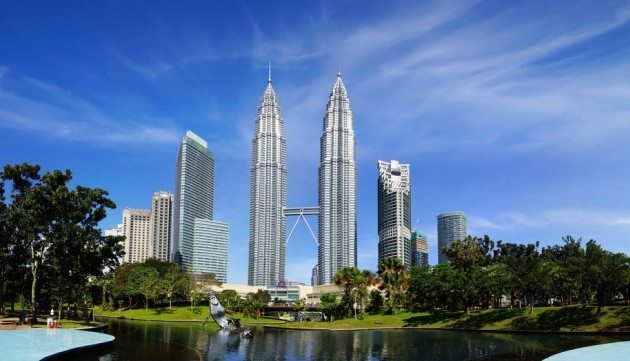Economic overview
Ethiopia has overcome the burden of extreme famine to establish itself as one of the key agricultural economies in Africa. The country exports everything from coffee to flowers and wine; about half of its gross domestic product comes from agriculture. Agriculture also employs roughly 85% of Ethiopian workers. In a recent report, the World Bank says the way Ethiopia “nurtured a high-value horticulture industry and expanded its air services” to support it has been an encouraging example for emerging markets everywhere. The success of agricultural exports led the country’s GDP growth of 9.7% in 2012-13, compared to 8.8% growth in 2011-12. But global economic changes have put pressure on exports, and the World Bank is recommending that Ethiopia devalue its currency, the birr, to boost export revenue and accelerate expansion.
The Ethiopian government, controlled by the Ethiopian People’s Revolutionary Democratic Front, has focused on infrastructure in an effort to change the country from a net importer to a net exporter and overcome its dependence on foreign aid. While the transformation has been real, the government’s tactics have been criticized as authoritarian. And foreign money continues to play an essential role in the country’s growth. One example: Investment from China is helping finance many of Ethiopia’s infrastructure projects, from railways to hydroelectric dams.
Business travel industry insight
Ethiopia’s transportation services sector—primarily state-owned Ethiopian Airlines—has moved in tandem with the country’s agricultural exports. Last year cargo services declined 4%, but passenger traffic rose 13%. Flower exports have opened the way for new air routes from Bole International Airport in the capital Addis Ababa. In turn, new routes opened by Ethiopian Airlines, such as South Korea and Singapore, can help determine where such flower exports will go next. The World Bank reports that Ethiopia’s services exports are dominated by transport, at 63%. Indeed, Ethiopian Airlines is the country’s biggest export earner—three times greater than coffee, according to the bank.
Opportunities
- Ethiopia’s population of about 96 million is Africa’s second-largest (after Nigeria), and its available labor is a strong draw for international manufacturers.
- The Grand Ethiopian Renaissance Dam under construction on the Blue Nile is expected to increase Ethiopia’s power supply five-fold by 2020.
- The government is pushing to increase agricultural productivity in outlying areas, following the successful spread of agribusiness across farmland near Addis Ababa.
- The number of Ethiopians living in poverty declined significantly in recent years—to 29.6% in 2011 from 38.9% in 2004.
Challenges
- While the value of Ethiopia’s exports tripled between 2005 and 2012 to nearly US$6 billion, the country continues to rely on imports and reported a trade deficit of more than US$3 billion in 2013.
- Ethiopia slipped a rung to 125th place on the World Bank’s 2014 “Doing Business” rankings for 189 economies. It lags peers in ease of starting a business, protection of investors and ability to trade across borders. The country also has more trade restrictions in place than its peers.
- Economists estimate Ethiopia’s currency, the birr, is significantly overvalued against the U.S. dollar.
- The country’s urban unemployment rate is 17.5%.

